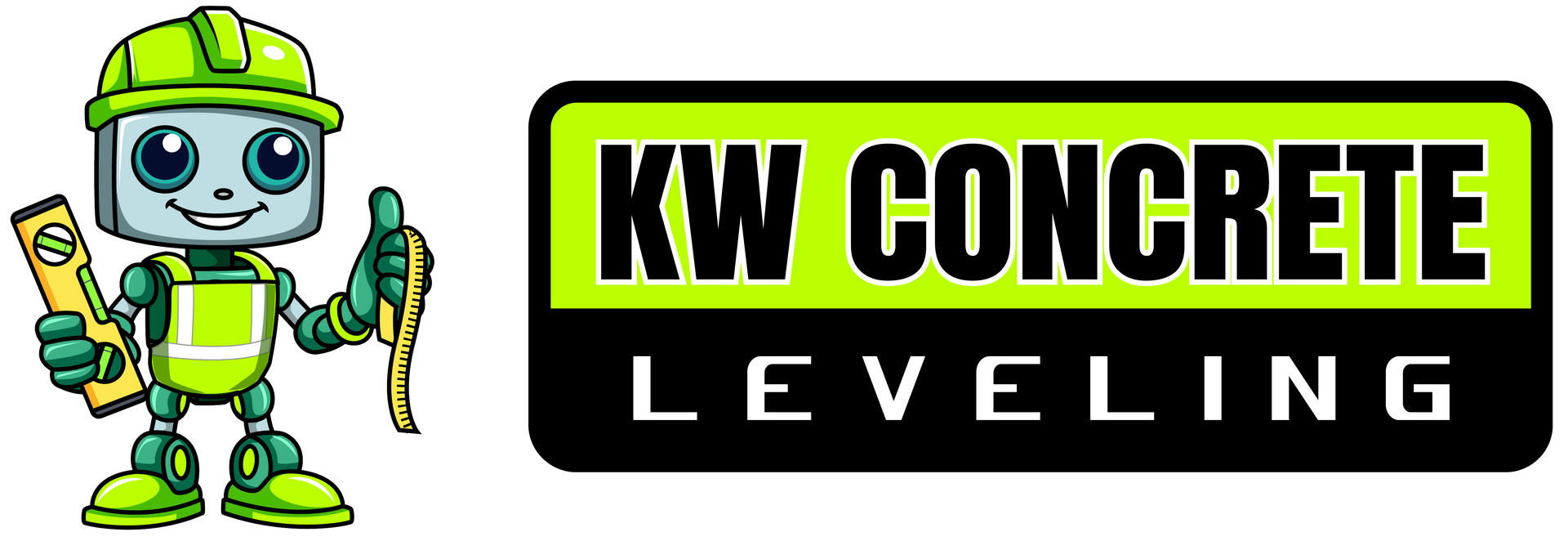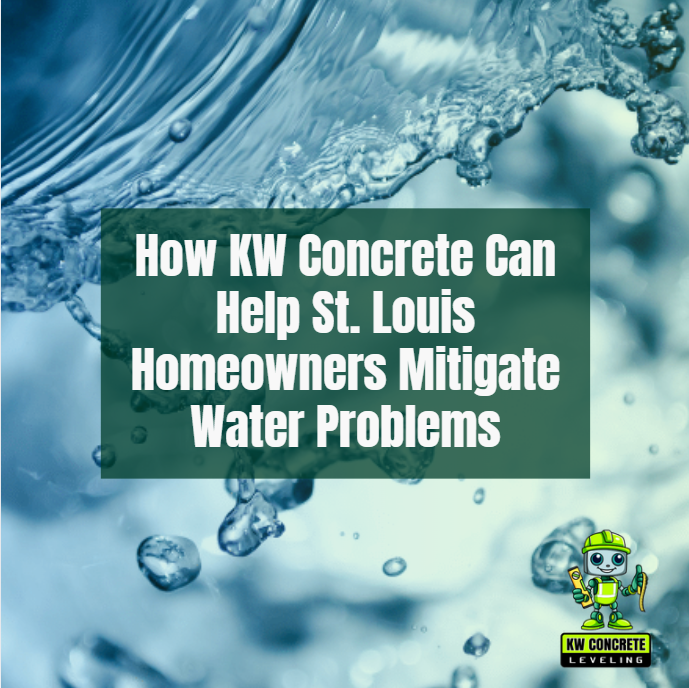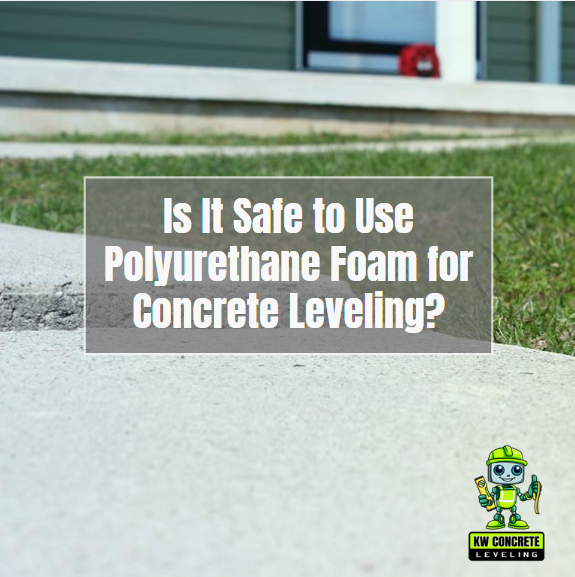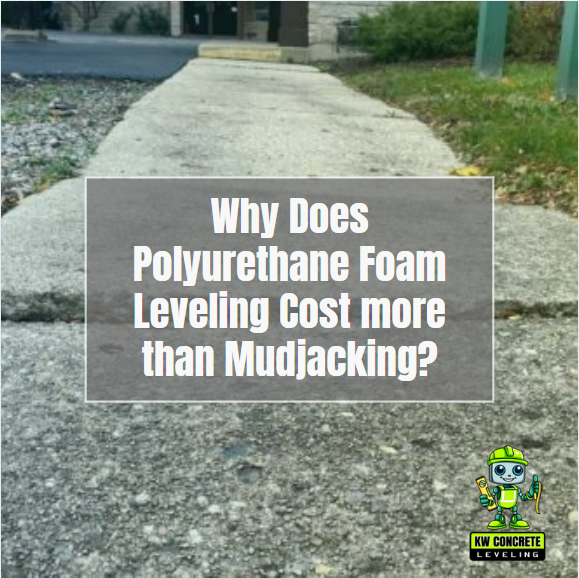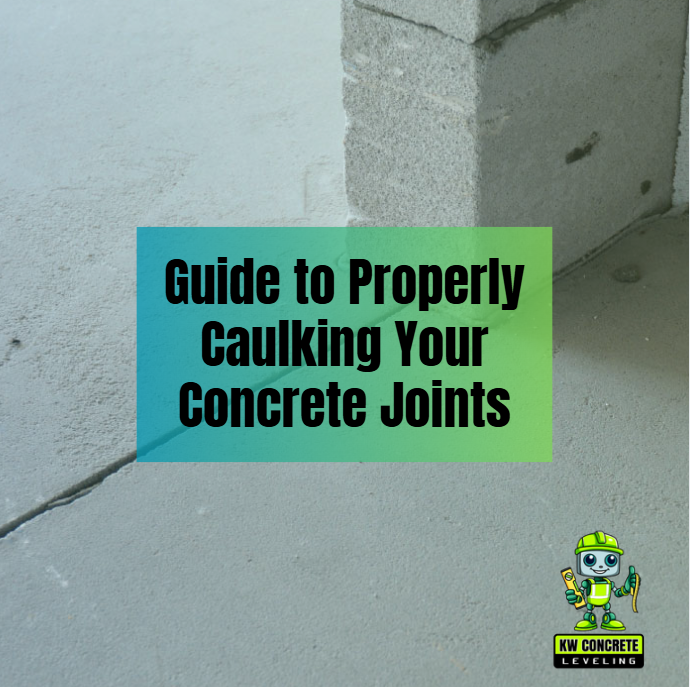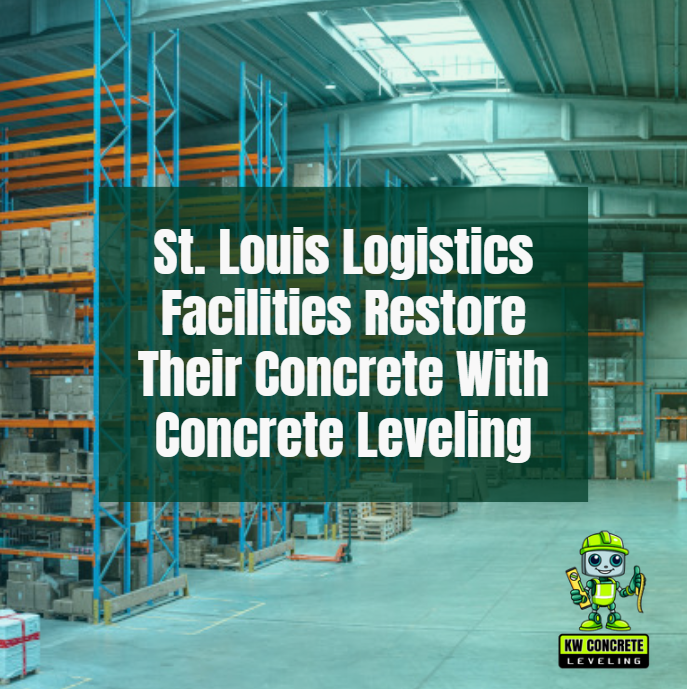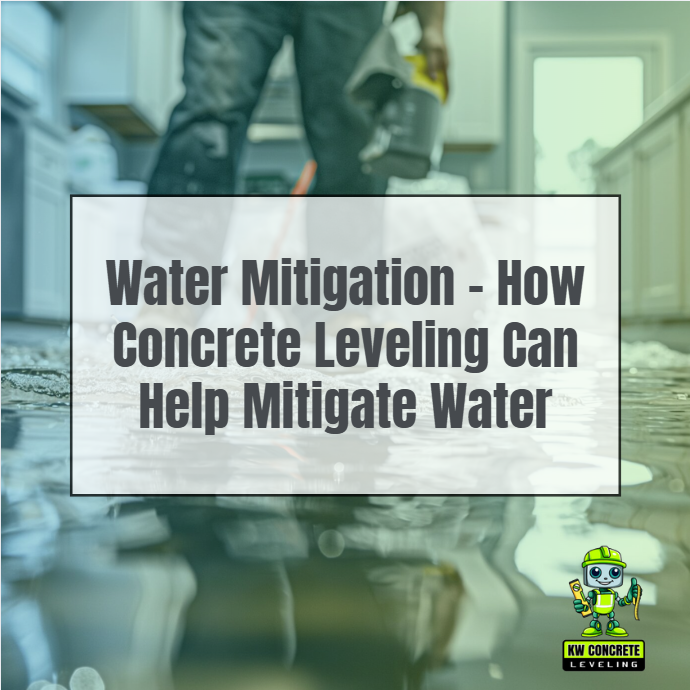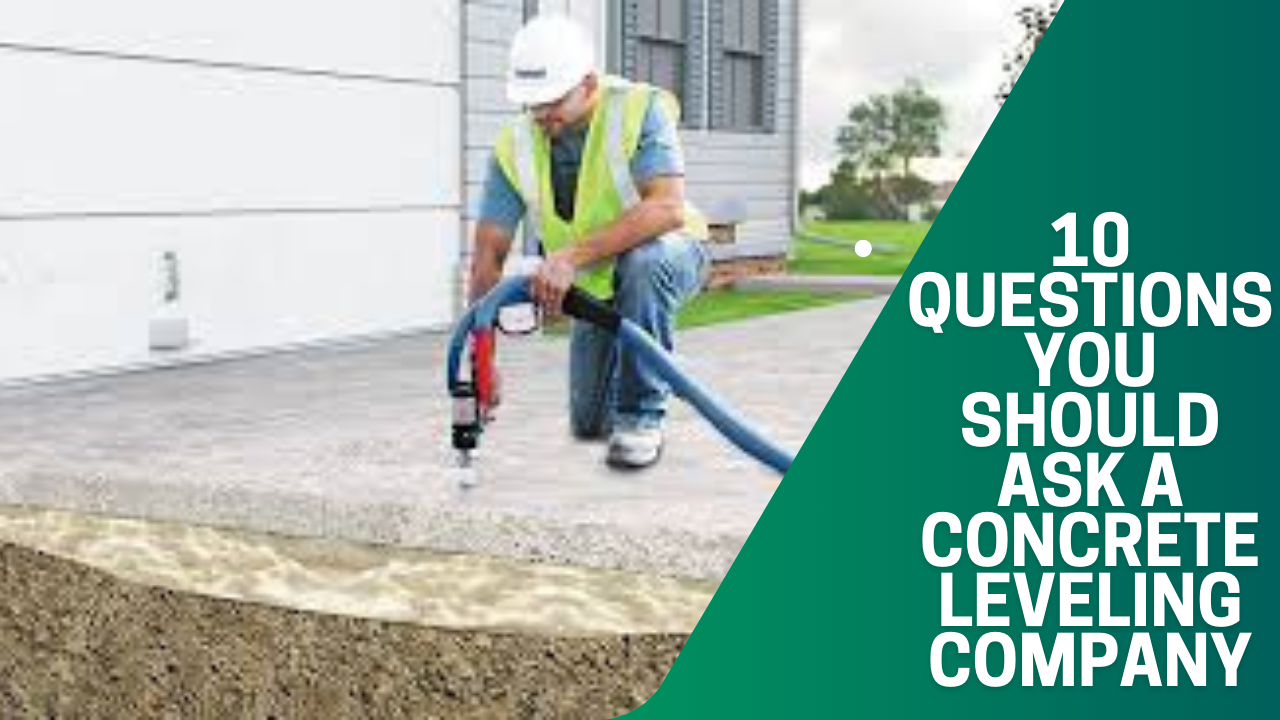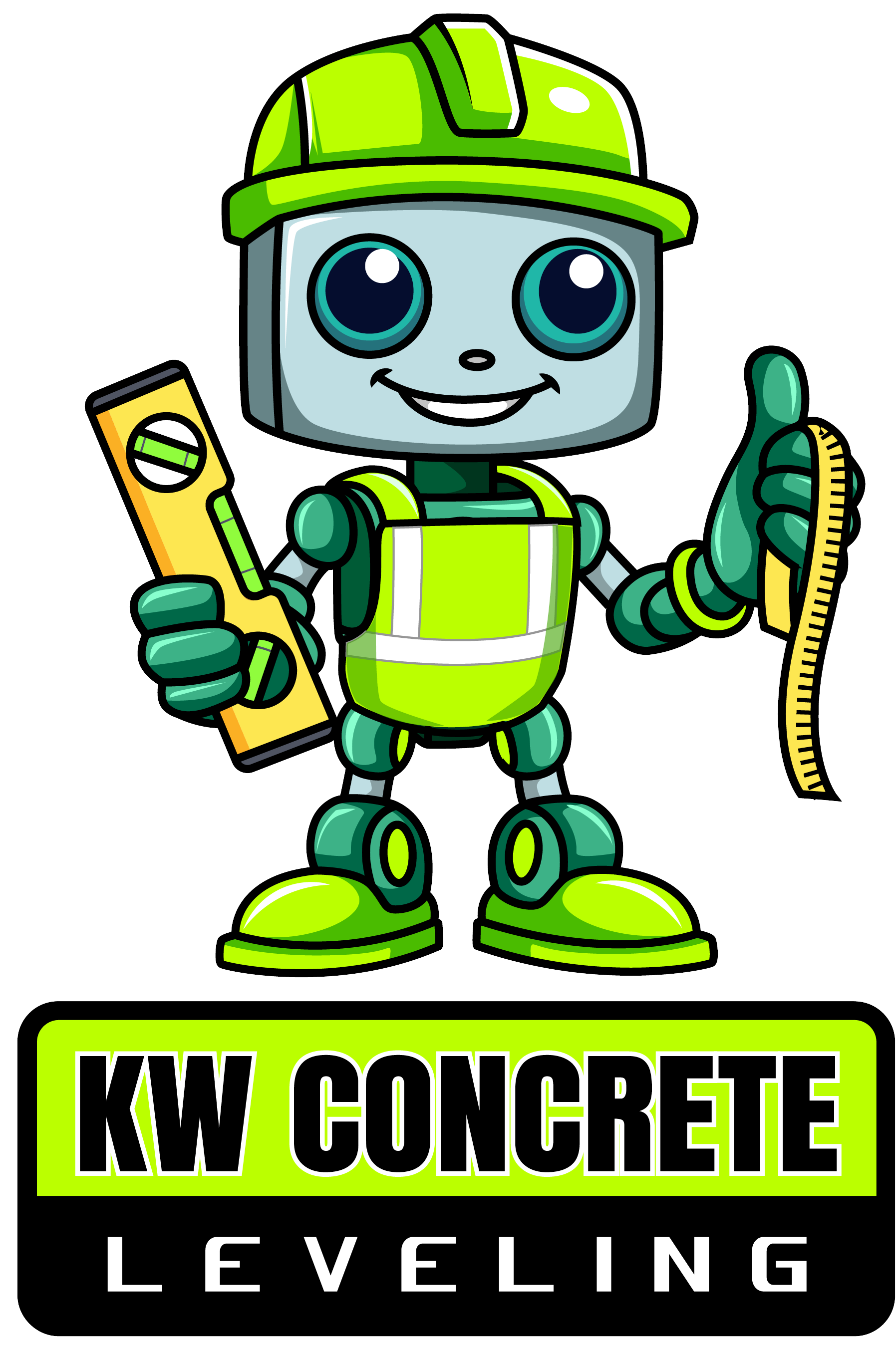Repair Your Concrete the Way It’s Supposed to Be Repaired
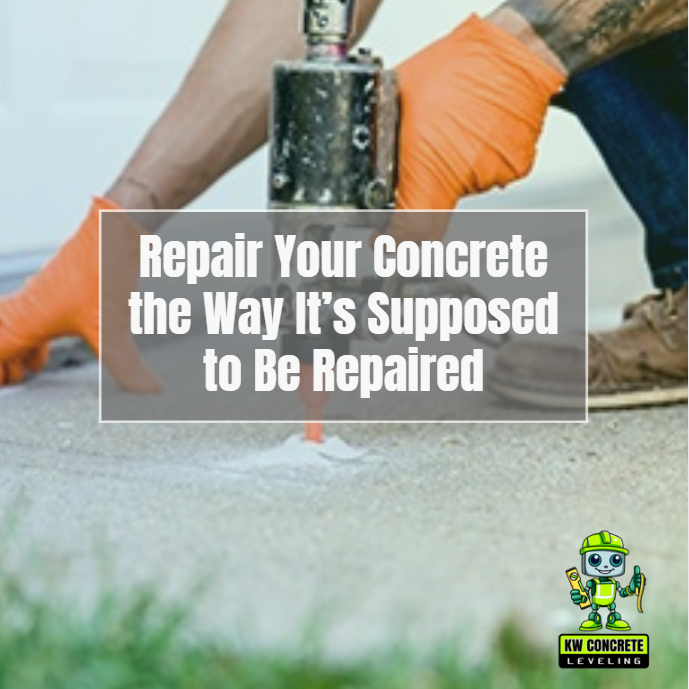
Concrete damage is much more than an eyesore - it may be a safety hazard and cause long term damage if ignored. Cracks, uneven surfaces and sunken slabs can weaken your home, lower its value, and cause accidents.
There's a right way to fix damaged concrete, and then there's a way that makes fixing it frustrating and costly again. Successful concrete repair begins with knowing what caused the problem and selecting the correct solution to fix it.
How to repair concrete the right way - including the best methods and materials.
Key Insights
- Not all concrete repairs are created equal - several methods provide temporary fixes and some provide a permanent solution.
- Polyurethane foam leveling is a modern method that is more durable and efficient than full slab replacement.
- Determining the root cause of the damage is important for the right repair and avoiding future issues.
- Using quality materials and proper repair methods saves you money and time in the end.
Concrete repair involves restoring deteriorated, cracked, or irregular concrete to its original strength, function, and appearance. Damage can happen for many reasons.
Sinking slabs are usually caused by soil movement due to freeze-thaw cycles or shifting ground. Moisture infiltration can weaken the concrete over time, and heavy loads or normal wear and tear can cause cracks and surface deterioration.
Effective concrete repair is more than a cosmetic fix. It addresses the underlying cause of the damage to prevent further issues. This means the slab is stable, structurally sound and protected from future degradation.
Proper repair can restore your concrete to like-new condition, making it safer and more attractive.
Concrete repair isn't a one-size-fits-all job. The best repair technique depends upon the kind and extent of damage. For example, hairline cracks in the surface might be filled with epoxy filler, while larger problems such as sunken slabs may require more sophisticated techniques such as polyurethane foam leveling.
Steps for Concrete Repair:
- Assess the damage - Look for cracks, uneven surfaces or pools of water around your home. Find out if the problem is minor or major.
- Choose the right repair method - Determine what fix is needed. Surface-level cracks can be sealed with a sealant but sinking slabs often need to be lifted and leveled with polyurethane foam.
- Fix it right the first time - No temporary fixes. They may be cheaper upfront, but they'll fail quickly and create higher costs down the road.
- Monitor and maintain - After repairs, regular maintenance and inspections can catch problems early on.
Wondering if your concrete is bad? Listed here are some typical signs of damage that require immediate attention:
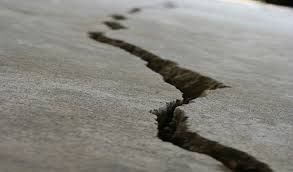
Cracks in concrete may be small and harmless at first glance. But even tiny cracks can signal the start of a larger problem. Cracks widen and deepen over time due to moisture and temperature changes.
Water can enter these cracks and freeze in colder months, causing the cracks to expand. This process repeats, causing more damage to the slab and compromising its integrity.

Tripping on an uneven slab can lead to serious injuries, especially for children, elderly family members, or visitors. On top of being dangerous, uneven concrete affects the functionality and aesthetics of your property.
Driveways with uneven surfaces can cause wear and tear on vehicle tires and suspension systems. Meanwhile, in outdoor spaces like patios or walkways, the uneven surface detracts from the overall curb appeal.
Polyurethane foam leveling is an effective solution for correcting uneven slabs quickly and restoring safety to your property.
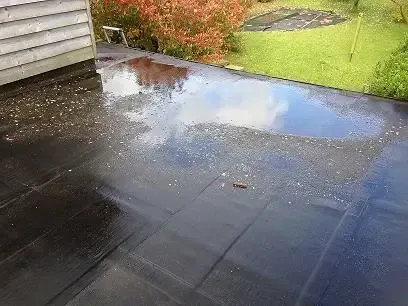
Standing water on concrete tells us something is wrong. When water doesn't drain, it might mean the surface is uneven or the soil is problem.
Pooling water can cause the concrete to crack faster because it enters the pores and weakens the structure. In winter, the freeze-thaw cycle damages the concrete as trapped water expands and cracks it.
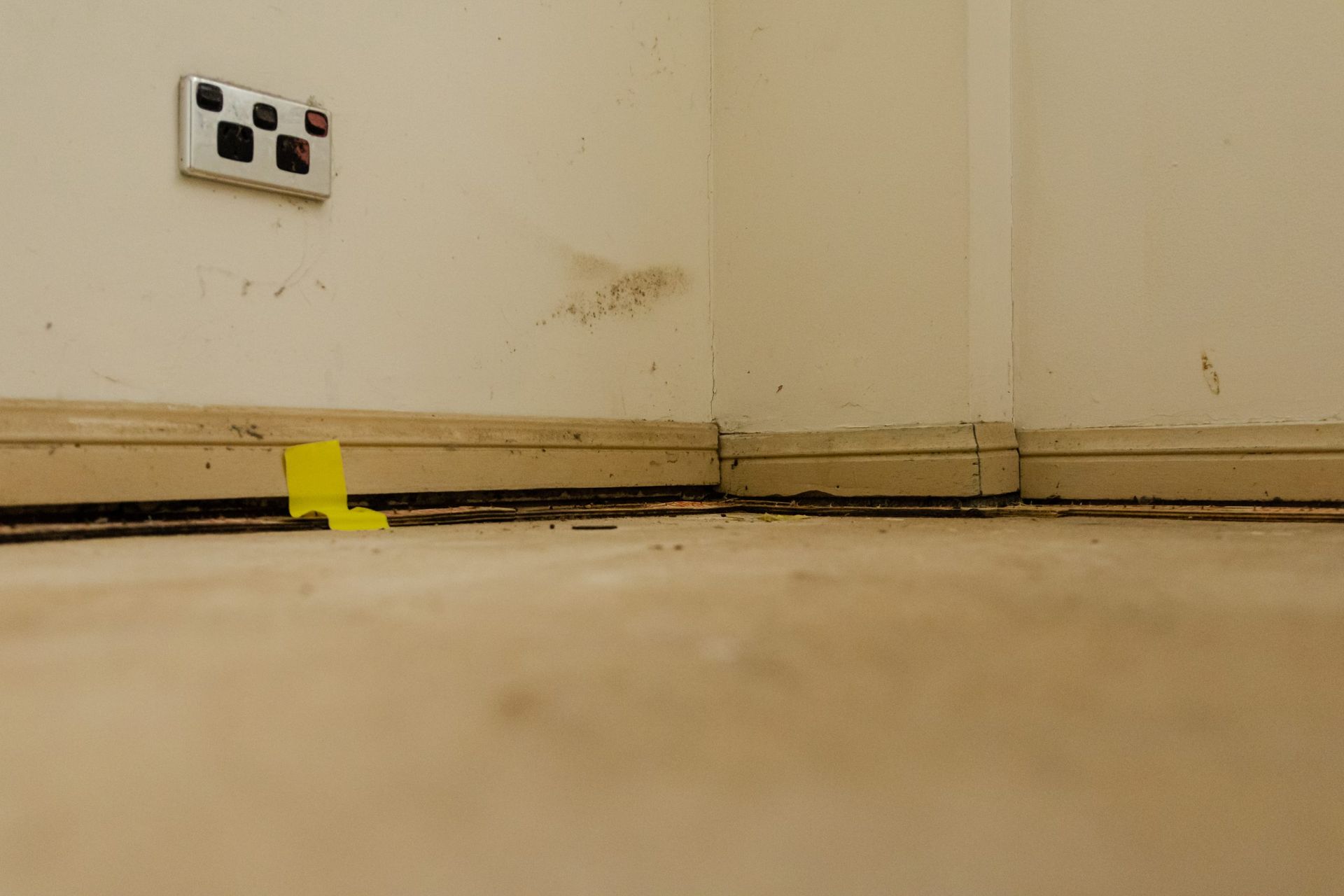
A sinking or shifting slab is a serious problem that requires immediate attention. It usually indicates that the soil beneath the concrete has settled or eroded, leaving voids that cause the slab to sink.
This issue is common in areas with fluctuating moisture levels, such as regions prone to heavy rain or drought. A sunken section can create sharp height differences between slabs, making it both a safety risk and a structural concern.
In case you have noticed any of these issues, you should act fast. Small problems can lead to larger structural issues if untreated.
When it comes to concrete repair, quality matters. Doing the job right the very first time saves time, money and frustration.
Some minor cracks can be repaired with simple materials, but larger problems require professional attention and specialized techniques. The best way to repair sunken or uneven concrete is with polyurethane foam leveling.
This method stabilizes the slab, fills in voids and gives long-lasting result. Using the right repair method from the start will save you repeat repairs and extend the life of your concrete.
The longevity of polyurethane foam is yet another advantage. This high-performance material will last decades.
Polyurethane foam also resists moisture and extreme temperatures. When injected beneath the slab, it expands and hardens to form a solid foundation that will not move or fail.
This makes it a permanent fix that keeps your concrete level for years to come.
Polyurethane foam leveling is quick, easy and minimally invasive. The process works this way:
- Drill Small holes into the concrete - small, dime-sized holes are drilled into the affected area to reach the voids beneath the slab.
- Inject polyurethane foam into the holes - the foam is injected into the holes and expands to fill The voids and raise The slab back into place.
- The foam expands and stabilizes - As it expands, the foam evens out support and returns the slab to its original level.
- Close the holes and clean the area - After the foam sets the holes are sealed and the area is cleaned.
The benefits of polyurethane foam make it a popular material for concrete leveling and repair:
- Fast and efficient - Most repairs are completed in just hours.
- No mess and intrusion - No heavy equipment or large demolition required.
- Durable and long-lasting - The moisture-resistant properties of the foam will not break down or wash away.
- Eco-friendly and less resource intensive than full slab replacement - sustainable option.
Cutting corners when repairing concrete is a money-saving measure, but it often causes bigger problems. Poor repair work can lead to:
- Recurring damage - A temporary fix won't stand up to shifting soil or heavy traffic.
- More costs - You will pay more to resolve the very same issue over and over.
- Safety risks - Uneven surfaces can lead to trips and falls, which creates a liability risk.
- Structural instability -
Neglecting repairs can weaken the slab's foundation and cause larger structural problems.
The right material for your concrete repair is crucial for long-lasting results.
The investment in concrete repair pays off in safety, longevity, and peace of mind. Using the proper techniques in addition to materials - such as polyurethane foam - your concrete will remain level for a long time.
Wait until the damage gets worse.
Call KW Concrete Leveling today for solutions that will get your concrete back the way it was meant to be repaired.
Share This post with others!
Call For An Estimate!

